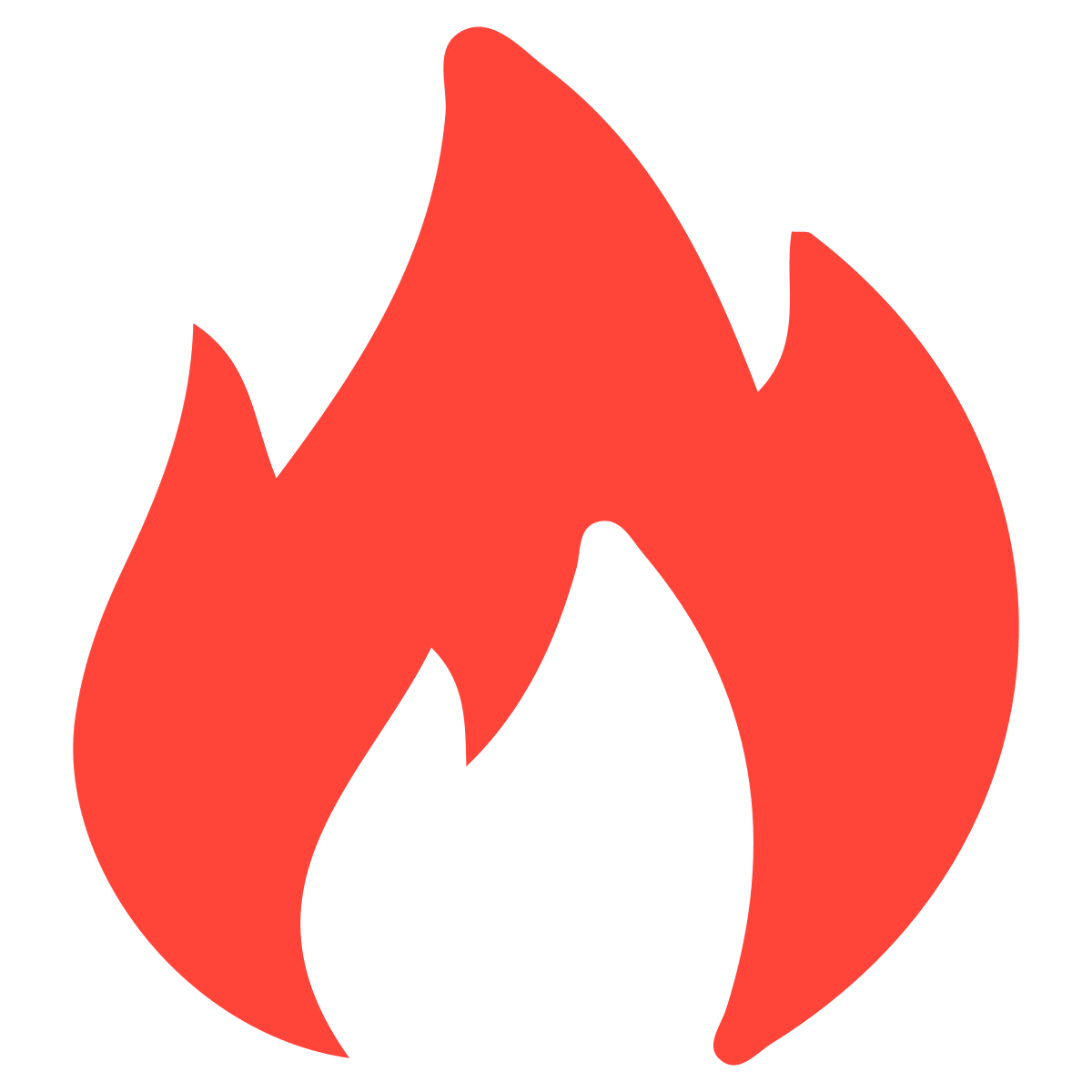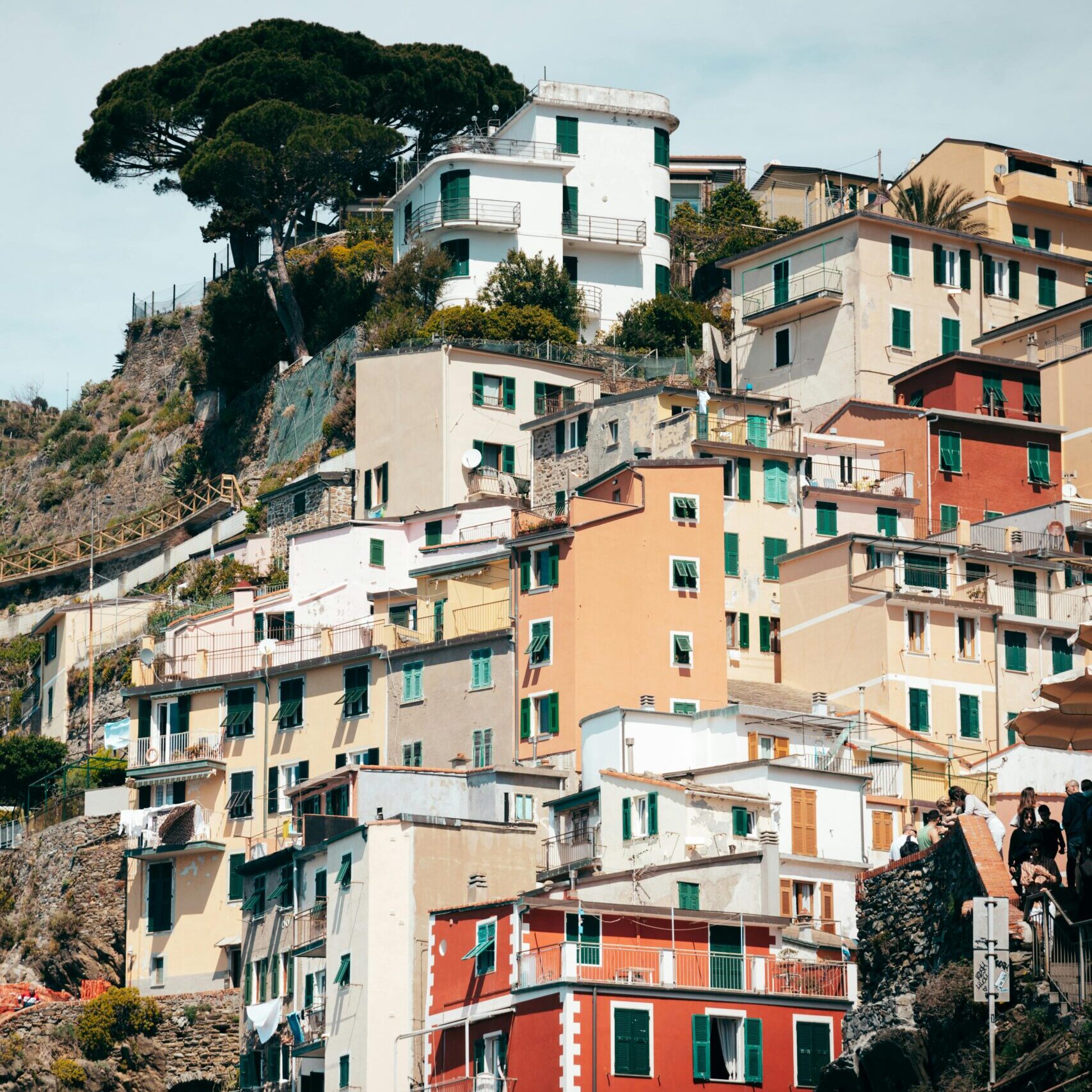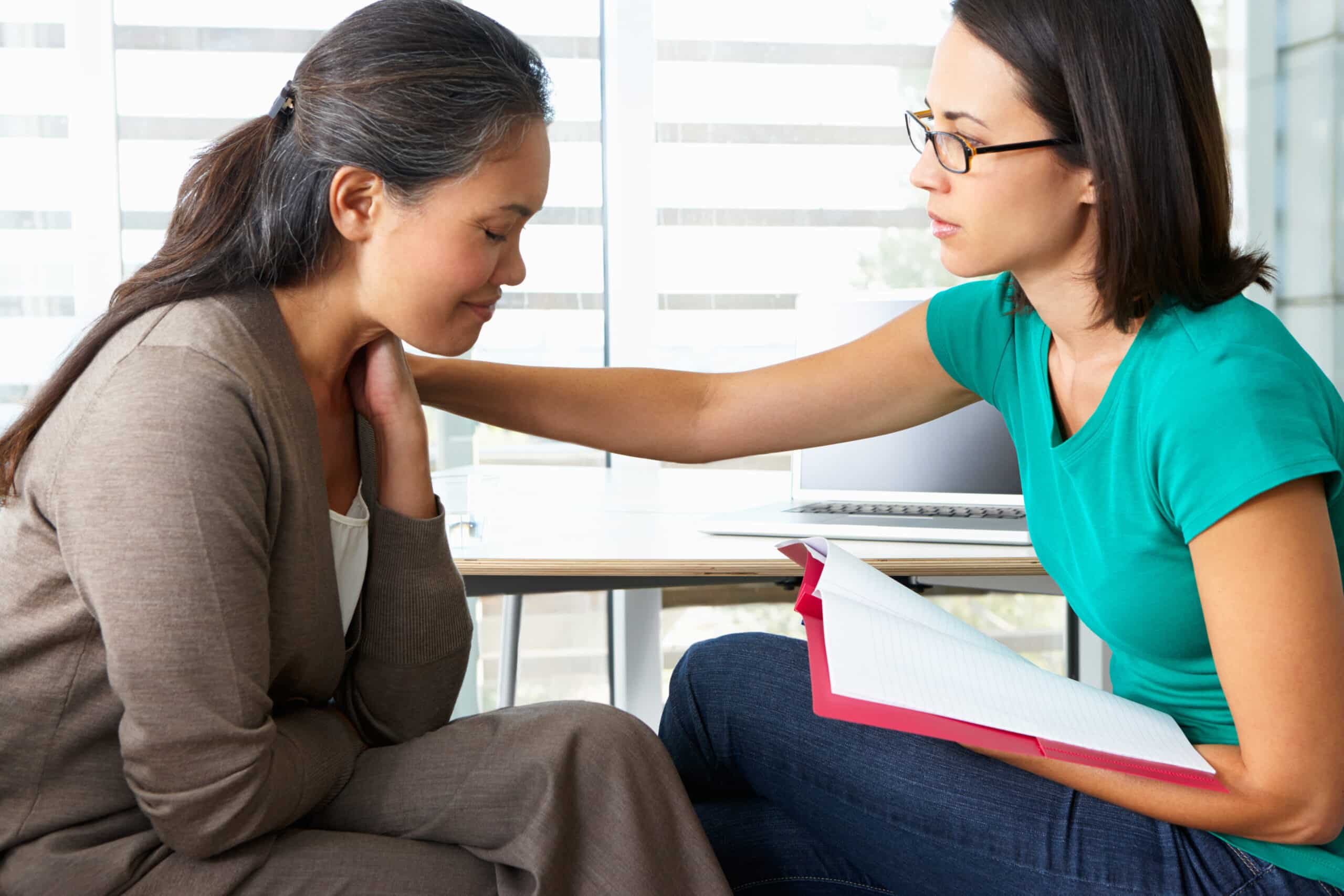Wildfires can spread quickly, fueled by dry vegetation, high winds, and drought conditions.
They can destroy homes, block roads, and threaten lives within minutes.
AUW 211 connects Hawai‘i residents with evacuation routes, shelter locations, and recovery support before, during, and after a wildfire.

Inā pilikia koke ʻoe, e kelepona iā 911!
Nuhou Kokiki
E kala mai, ʻaʻole i loaʻa iā mākou kekahi memo.
Nā Kaiāulu i Hoʻopilikia ʻia
Wildfires can affect both rural and urban areas across Hawai‘i, especially during dry or windy conditions.
Certain communities face higher risk:
- Residents near open grasslands, forests, or undeveloped land
- Homes with limited road access or single evacuation routes
- Agricultural areas or communities downwind of dry terrain
- Older adults, people with disabilities, or families without transportation
- Residents in drought-prone islands or communities with limited water supply

Ma hea wau e hele ai?
Inā pilikia koke ʻoe, kelepona 911.
Inā palekana ʻoe akā makemake ʻoe i ke kōkua ulia pōpilikia, kelepona 211 no nā kumuwaiwai kūloko.
Aia nā wahi palekana
- Official county emergency shelters and Red Cross evacuation centers
- Community centers or schools outside the burn area
- Designated pet-friendly shelters, if available
- Temporary lodging with friends or family outside evacuation zones
If ordered to evacuate, leave immediately — wildfires can move faster than you think.
Never wait until you see flames or smell smoke to take action.
He aha kaʻu e hana ai e hoʻomākaukau ai?
Hoʻopakele ola ka hoʻomākaukau. Secure your home and have a plan before an earthquake happens.
Preparation helps save lives and homes. Take steps now to reduce risk.
- Create a 14-day emergency kit (water, food, medications, masks, flashlight, batteries, first aid, important documents)
- Maintain a “defensible space” — clear dry grass, leaves, and debris within 30 feet of your home
- Use fire-resistant roofing and vents where possible
- Identify two evacuation routes and practice them with your household
- Keep your car fueled and parked facing the road for quick departure
- E kākau inoa no nā makaʻala pilikia kalana and monitor HI-EMA updates
- Have a plan for pets and livestock evacuation
- Review your insurance coverage for wildfire-related damage

He aha ka mea hiki iā AUW 211 ke hāʻawi?
Aloha United Way 211 connects you to trusted, local resources during and after a wildfire:
-
ʻO ka ʻike kahua hoʻomaha a me ka haʻalele ʻana
-
Nā meaʻai, wai, a me nā kōkua hoʻolako pilikia
-
Ka ʻōlelo aʻo pilikia a me ke kākoʻo olakino noʻonoʻo
-
Hoʻomaʻemaʻe, hoʻoponopono, a me nā polokalamu hoʻōla pōʻino
-
Nā hāʻawi kōkua kālā no nā ʻohana i pōʻino i ke olai
-
Kākoʻo ʻōlelo a me nā lawelawe hiki ke loaʻa no ka poʻe ʻōlelo Pelekania ʻole a me ke kino kīnā
Kāhea iā 211 a i ʻole e ʻimi ma ka pūnaewele no ke kōkua ola, 7 lā o ka pule.
Pehea e hiki ai iaʻu ke kōkua i koʻu hoalauna?
ʻOi aku ka maʻalahi o ke olai ʻana mai ka wā e hana pū ai mākou.
- E nānā i nā kūpuna, nā hoalauna me ke kino kīnā, a i ʻole nā ʻohana me nā keiki liʻiliʻi.
- Kaʻana like i ka ʻike pololei mai nā ala kūhelu - pale i ka hoʻolaha ʻana i nā lono.
- Hāʻawi i ka meaʻai, wai, a i ʻole nā hale hoʻolima inā loaʻa iā ʻoe ka mana.
- Hāʻawi to Aloha United Way’s Disaster Relief Fund or local trusted charities.
- Hāʻawi manawaleʻa me ka hoʻomaʻemaʻe kaiāulu a i ʻole ka hoʻōla hou ʻana i ka wā palekana ke hana pēlā.
Punawai wikiwiki
Pono kōkua i kēia manawa? Hiki i kēia mau kumuwaiwai kūhelu ke hoʻopili iā ʻoe me nā mākaʻikaʻi pilikia, nā hale noho, a me ke kākoʻo ma kou wahi.
Kāhea i ka helu 911 no ka pilikia pilikia.
Kaila 211 no ke kōkua pilikia ʻole a me nā kumuwaiwai kūloko.
